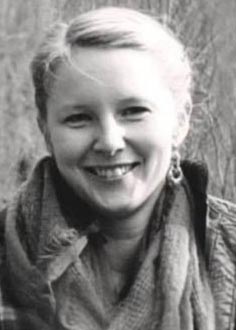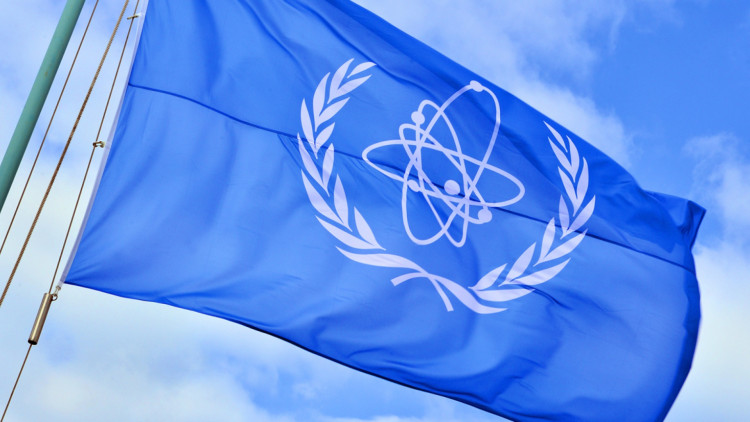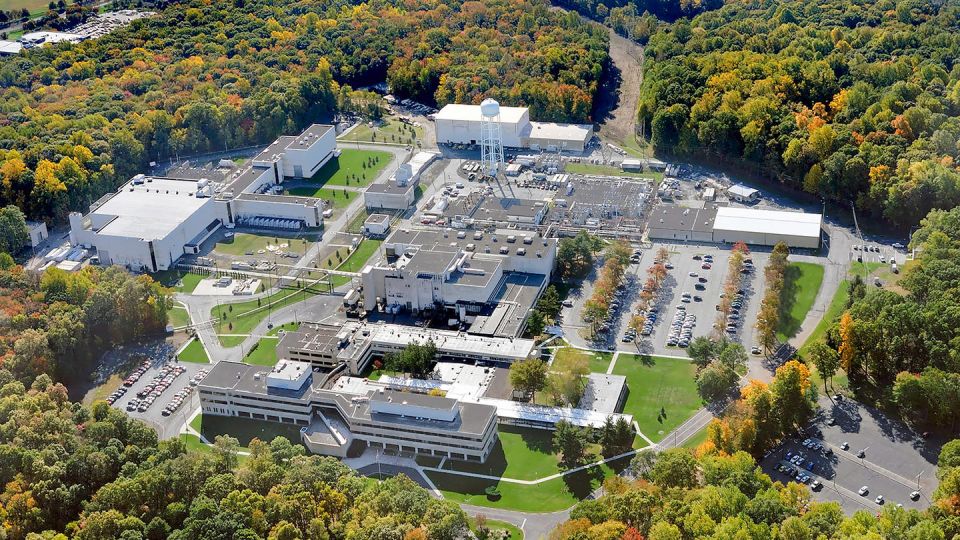The wolf population in the exclusion zones is especially interesting, because it is seven times denser than wolf populations in other nearby wildlife reserves. Love’s research suggests that the reasons may be related to the natural selection of cancer-resistant or cancer-resilient genes in the animals and the lack of humans in the abandoned area.
One accident, two zones: Chernobyl nuclear power plant was sited near Pripyat, Ukraine, which is near the southern border of Belarus. After the 1986 reactor explosion, more than 200,000 people were evacuated and exclusion zones were immediately established, the borders of which have changed over time. The CEZ—officially named the Chernobyl Nuclear Power Plant Zone of Alienation—is located in Ukraine, and the Polesie State Radioecological Reserve is across the border in Belarus. The area remains vacant of people, but despite the continued radiation contamination, the zones now serve as a wildlife sanctuary.
Love’s research has been focused on the wolf population in Belarus’s exclusion zone. In addition to gray wolves, many other threatened or endangered species, such as Eurasian bison and Przewalski’s horses, roam freely there. Love and her group of researchers use GPS collars that record the geographic locations of the animals and their radiation exposures in real time. They also examine genomic, physiological, immunological, and disease-related aspects of chronic radiation exposure in the wildlife.

Campbell-Staton
NPR interview: Love and fellow Princeton evolutionary biologist Shane Campbell-Staton were recently interviewed by Regina Barber on the NPR show “Short Wave.”
Campbell-Staton noted that the exclusion zones are home to “everything from amphibians, insects, and birds to megafauna—so things like European bison, boar, apex predators, like wolves. . . . Gray wolves offer a really interesting opportunity to understand the impacts of chronic, low-dose, multigenerational exposure to ionizing radiation because of the role that they play in their ecosystems.”
He continued, “There may be genetic variation within the [wolf] population that may allow some individuals to be more resistant or resilient in the face of that radiation, in which case they may still get cancer at the same rate, but it may not impact their function as much as it would an individual outside of the exclusion zone. They’re just able to take that burden better for some reason. Or it could be resistance—all right?—and despite that pressure—that radiation exposure—they just don’t get cancer as much.”
Research methods: Love elaborated on the research methods. “We’re looking at blood cell composition because there’s lots of different immune blood cells that circulate within our body, and they can be indicative of different types of stress or disease. So by counting the number of different immune cells within an individual, we’re able to identify some signature of radiation stress within the Chernobyl wolves. And we’ve also explored many different parasite and pathogen infections within this population compared to reference populations, trying to get at disease rates.”
Another key aspect of the research involves identifying “regions of the genome that seem to be diverging much faster in Chernobyl [wolves] than they are [in wolves] elsewhere,” according to Campbell-Staton. “We found that the fastest evolving [genome] regions within Chernobyl are in and around genes that we know have some role in cancer immune response or the antitumor immune response in mammals.”
No people: Genomic evolution is not the only factor behind the thriving wolf population in the exclusion zones. The other main factor is likely the lack of human threat. Campbell-Staton explained, “A wolf within the Chernobyl exclusion zone—it may have to deal with pressures from cancer, but it doesn’t have to deal with pressures from, say, hunting. And it may be that the release from that hunting pressure—that separation from humans—turns out to be a much better thing than having to deal with cancer, which is kind of messed up.”
Human health: The findings of Love and Campbell-Staton about the wolf population may eventually have implications for human health. Campbell-Staton told Barber, “We have started collaborating with cancer biologists and cancer companies to help us to interpret these data and then try to figure out if there are any directly translatable differences that may offer novel therapeutic targets for cancer in humans, for instance.”









